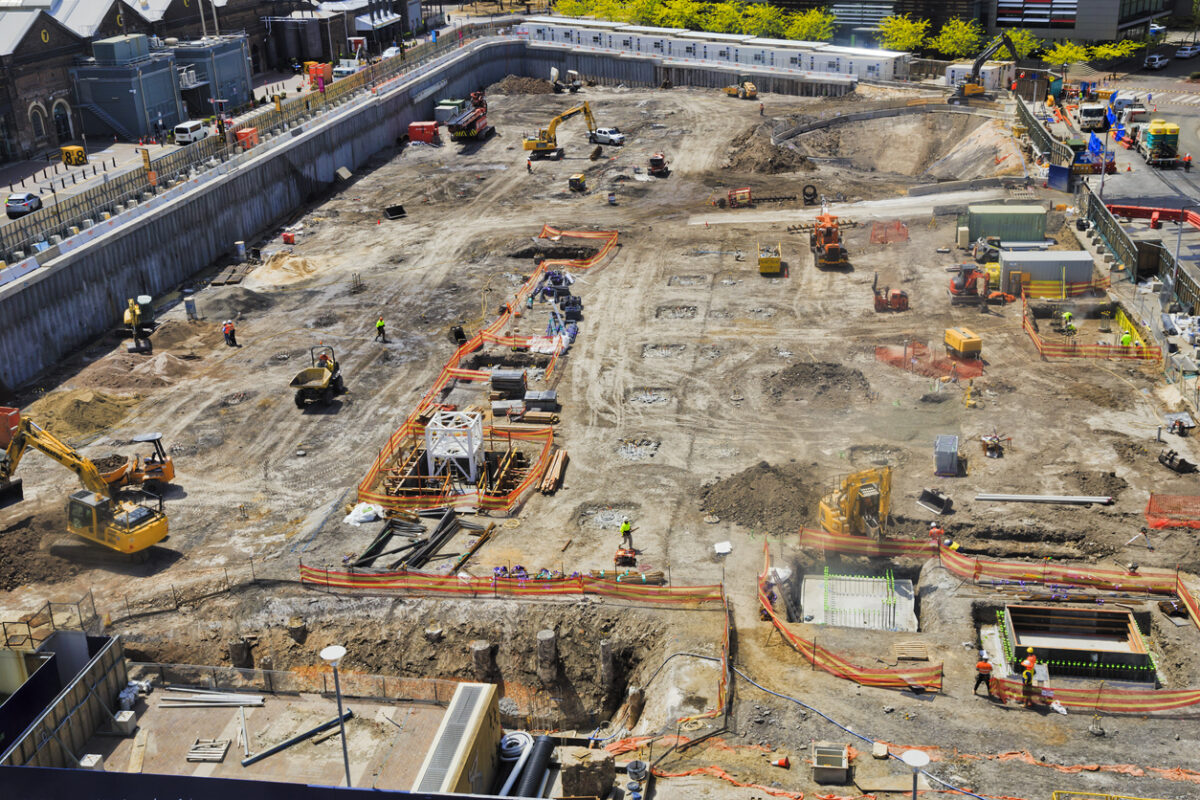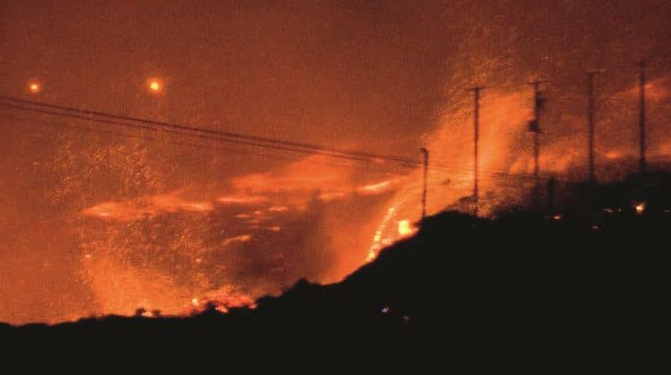Occupational health and safety is as much at risk of hypocrisy as any other business element. Perhaps moreso as it is full of trite cliches. Many people find it easier to identify hypocrisy when it is shown by others and Australian media company SBS provided an example recently.
According to an article in The Age newspaper on June 26, 2002 (not yet available online, image below), SBS had commissioned an independent production company, Fell Swoop Pictures, to produce a series about the exploitation of food delivery gig workers. This is a legitimate topic for depiction, especially after five food delivery workers were killed in Australia recently over a short period of time. The income levels of this type of worker have been a feature of many of the concerns raised by trade unions and others, and that has been highlighted in several formal inquiries into the industry sector.
Sadly Fell Swoop Pictures promoted the opportunity to be an Extra in a series about exploitation without the Extras being paid!!






